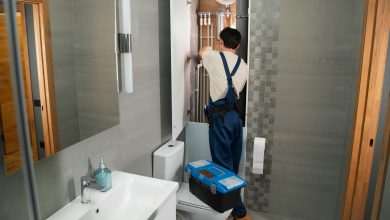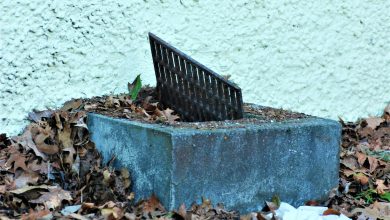How to bleed a radiator: boosting your heating efficiency
There’s nothing quite like the feeling of a warm, cosy home, especially when the great British weather does what it does best. But what if one of your radiators has a chilly patch at the top, even when the heating is on full blast? It’s a common frustration, but we’ve got some good news: a simple little trick called ‘bleeding’ your radiator can often solve the problem in no time at all.
You see, over time, air can get trapped inside your central heating system. This air rises to the highest point—the top of your radiator—preventing hot water from circulating properly. The result? A radiator that’s not getting hot all over. By bleeding your radiator, you’re simply letting that trapped air escape. It’s a savvy, simple fix that can make a big difference to your energy bills.
Before you start, you’ll need:
- A radiator key (you can pick one up at any hardware store)
- An old cloth or towel
- A container or bucket to catch any drips
- A pair of gloves (optional, but a great idea)
Step-by-step guide: your simple radiator fix
This process is straightforward, but it’s important to do it safely.
Step 1: Turn Off the Heating
First things first, switch off your central heating system at the boiler. This is the most important step for safety, as it prevents hot water from rushing through the system while you’re working.
Step 2: Let Your Radiators Cool Down
Wait until your radiators are completely cold to the touch. This can take a little while, so grab a cup of tea or get on with another task. Working with a cold radiator is much safer and avoids any risk of scalding.
Step 3: Position Your Towel and Container
Place your towel or cloth on the floor directly below the bleed valve on your radiator. This is a small, round opening on the side, usually at the top. Have your bucket or container ready just underneath the valve to catch any water that might come out.
Step 4: Bleed the Radiator!
Now for the main event. Take your radiator key and insert it into the valve. Turn the key anti-clockwise, slowly. You should hear a hissing sound—that’s the air escaping! Once the hissing stops and you see a steady stream of water coming out, it’s a sign that all the trapped air is gone.
Step 5: Close the Valve
Quickly turn the radiator key clockwise to close the valve. Make sure it’s snug, but don’t overtighten it, as that could cause a leak later on.
Step 6: Check Your System Pressure
After you’ve bled your radiators, the pressure in your central heating system might have dropped. Check the pressure gauge on your boiler—it should be within the green section, usually between 1 and 1.5 bar. If it’s too low, you may need to top up the pressure by “filling” or “re-pressurising” the boiler using its external valve.
When to bring in a pro
While homeowners can fix a cold radiator themselves, sometimes the issue is more complex. You might need a professional if:
- The radiator is still cold after you’ve bled it.
- The pressure in your boiler keeps dropping after you top it up.
- You notice a consistent leak from the radiator or its valves.
- The entire heating system seems to be struggling.
Remember, there’s absolutely no shame in calling in a qualified expert. A professional plumber will be able to diagnose the problem quickly and efficiently, ensuring your home is warm and safe for the long term. At Rated People, we’re all about connecting you with confident, trusted tradespeople who can solve problems quickly. Take a look at our plumbers page to get started.
With Rated People, you have the power to get it done. Find a trusted, local tradesperson today.




